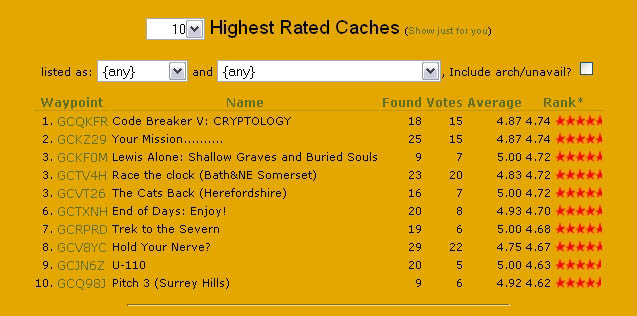Cryptology n. the study of
codes, or the art of writing and solving them. The science of
secure communications, formed from the Greek words kryptós
(hidden), and lógos (word).
Cryptology and the use of codes to
encrypt messages has been in use since writing was developed, and
examples survive in stone inscriptions and papyruses showing that
many ancient civilisations including the Egyptians, Hebrews and
Assyrians all developed cryptographic systems. As early as the
fifth century B.C., the Spartans employed a cipher device called a
"scytale" to send secret communications between military
commanders. The scytale consisted of a tapered baton around which
was wrapped a piece of parchment inscribed with the message. Once
unwrapped the parchment appeared to contain an incomprehensible set
of letters, yet when wrapped around another baton of identical size
the original text appeared.
However, it is substitution cipher that was, and still is, the most
popular way of encrypting messages. The first of which, 'Caesar
Cipher', was invented by Julius Caesar, and throughout the Middle
Ages, many different methods of encrypting messages through
substitution were used extensively, mainly by monks for 'scribal
amusement'.
In later years, the many Royal courts
throughout Europe also commonly used code to send secret messages,
and so a more complex substitution cipher, proposed by Blaise de
Vigenere from the court of Henry III of France in the sixteenth
century, was created. It is simply known as 'Vigenere
Cipher'.
In order to decrypt this cipher a key is needed. For example,
using a simple key, the following could easily be decrypted:
ANKDFEJMEICYYOXXYK. Or if you wanted, you could use a difficult key
to decipher: DXTNVVYCBQBMJZKASMGQWJKVCZGPQLMBJYWI. Initially,
Vigenere's invention excelled well, surpassing other used Royal
ciphers. Eventually, other newer types had emerged, particularly
complex...and so Vigenere's cipher was used increasingly less. By
1860 large codes were in common use for diplomatic communications,
and cipher systems were only used within the military, such as
during the US Civil War.
The first world war saw the creation of some very complicated
cipher machines including the German ADFGVX fractionation cipher,
and by the second world war a rotor concept was designed, leading
the way in cryptology. From this, cipher machines such as the
TYPEX, the M-134-C (SIGABA), the Japanese RED, ORANGE, and PURPLE,
and of course the very famous German Enigma cipher machine were
born. Nowadays of course, computers and electronics have meant an
unprecedented freedom for cipher designers to use extremely
complicated designs which would be far too prone to error if
handled by pencil and paper.
Cryptology has a fascinating history, and is great fun!
Fortunately for us, its use in geocaching is becoming more and more
popular and adding even more interest into this already diverse and
intriguing hobby.
Please be extremely careful and use whatever sensible equipment
you deem necessary. You do not need to perform anything illegal or
break any rules to obtain the cache. Good Luck!

Thanks to all those who have rated this cache!
It is currently number 1 in the UK!
